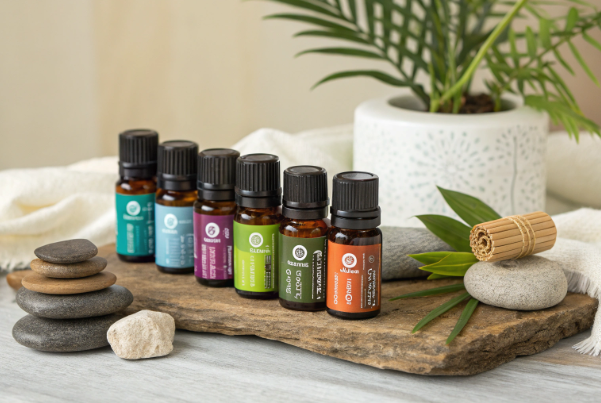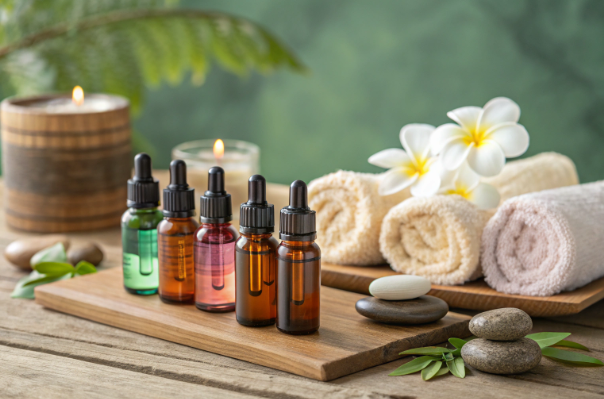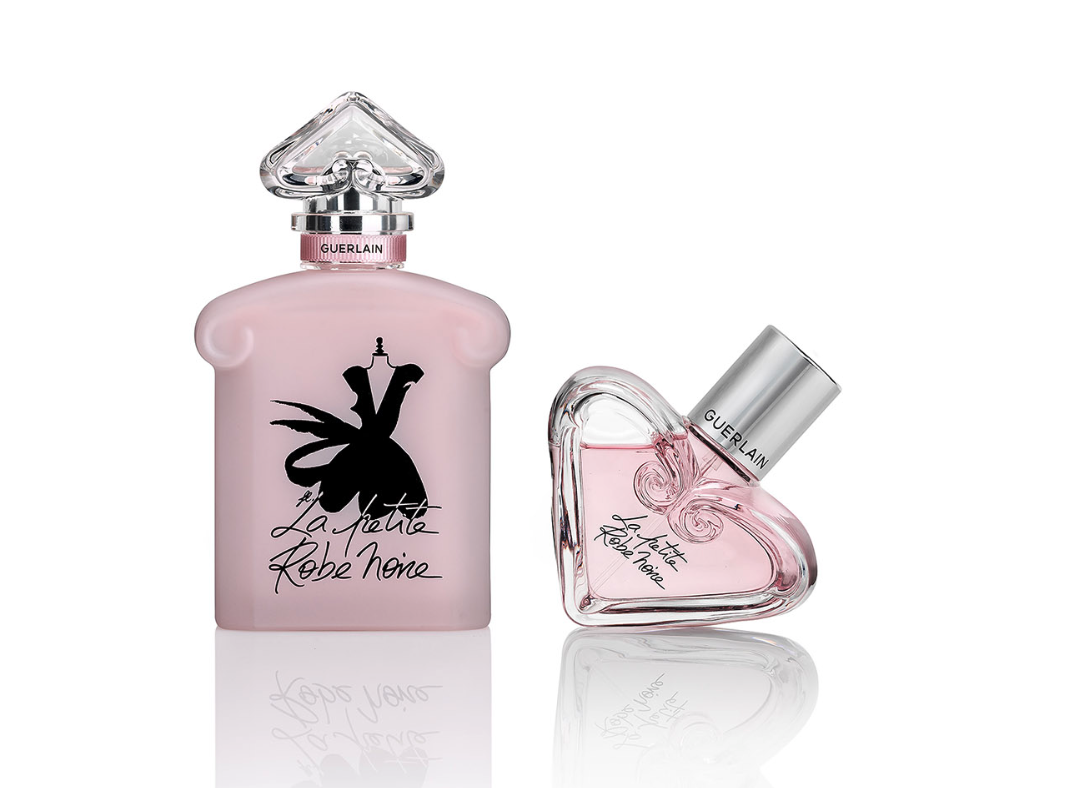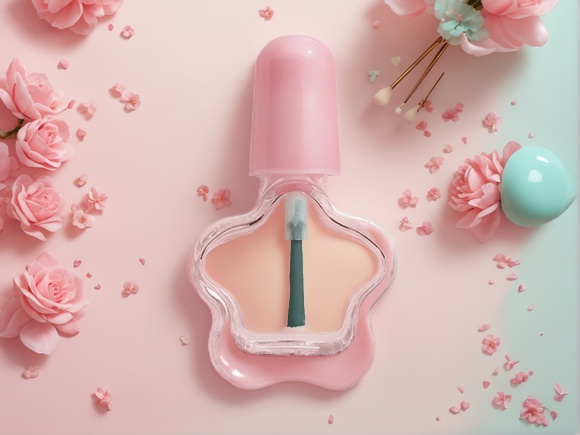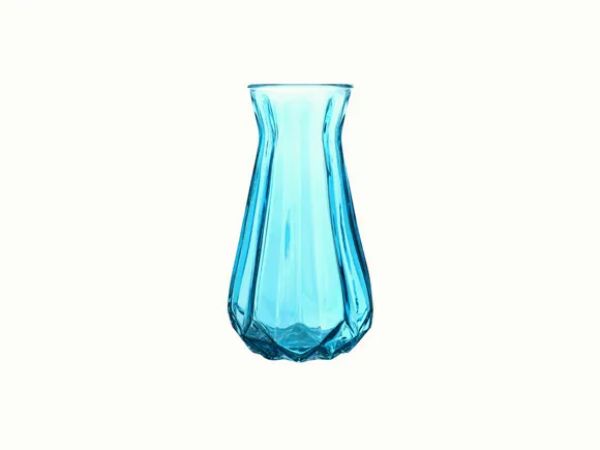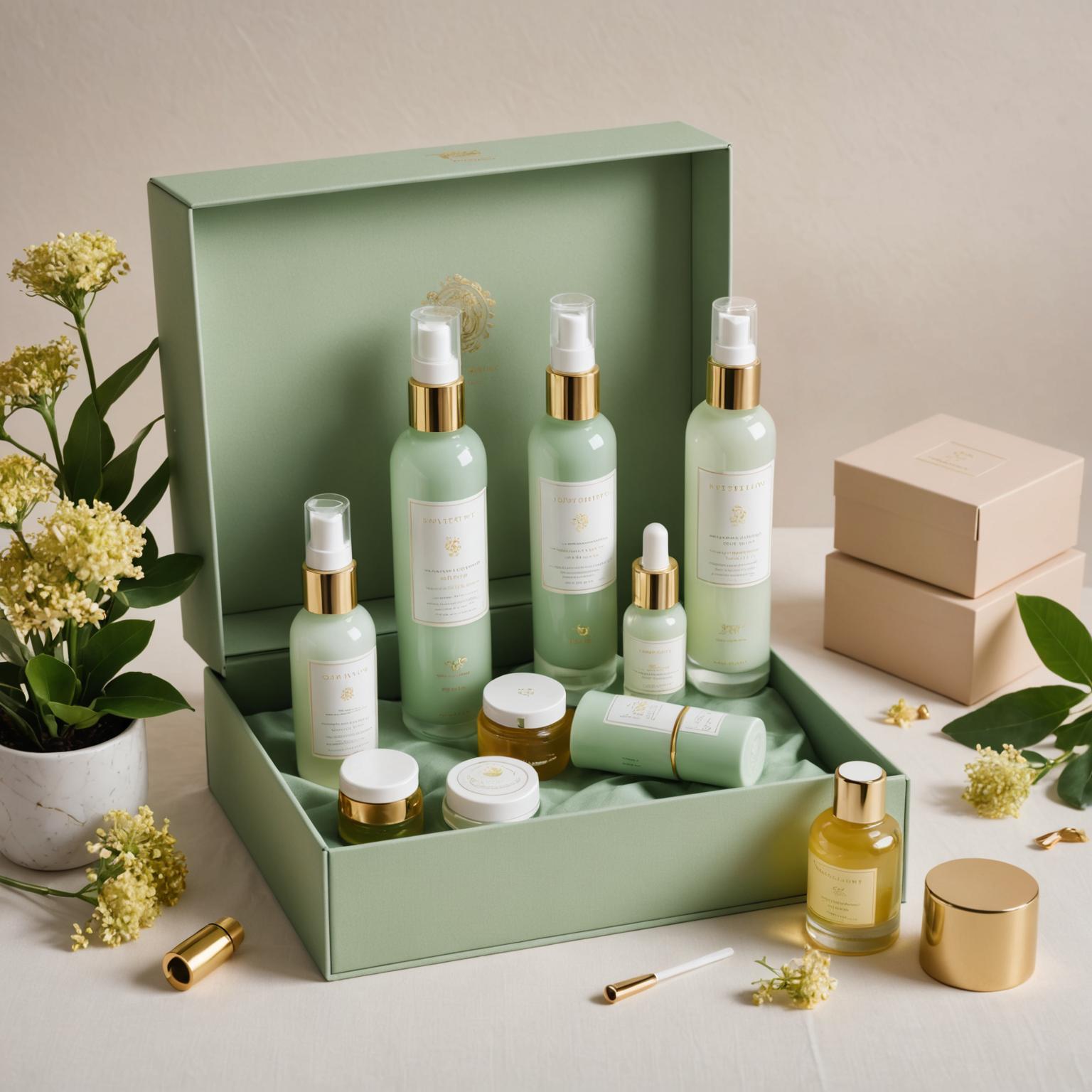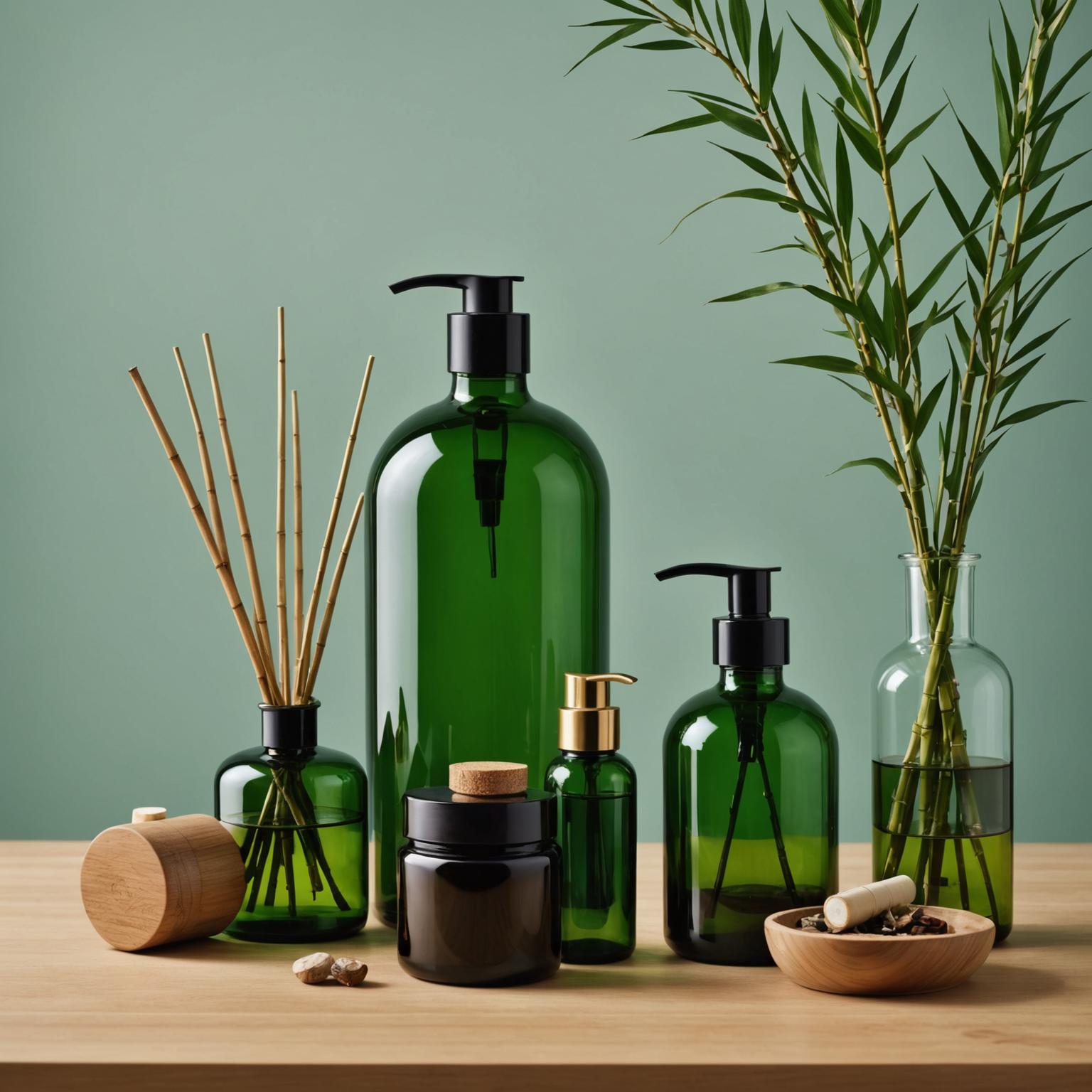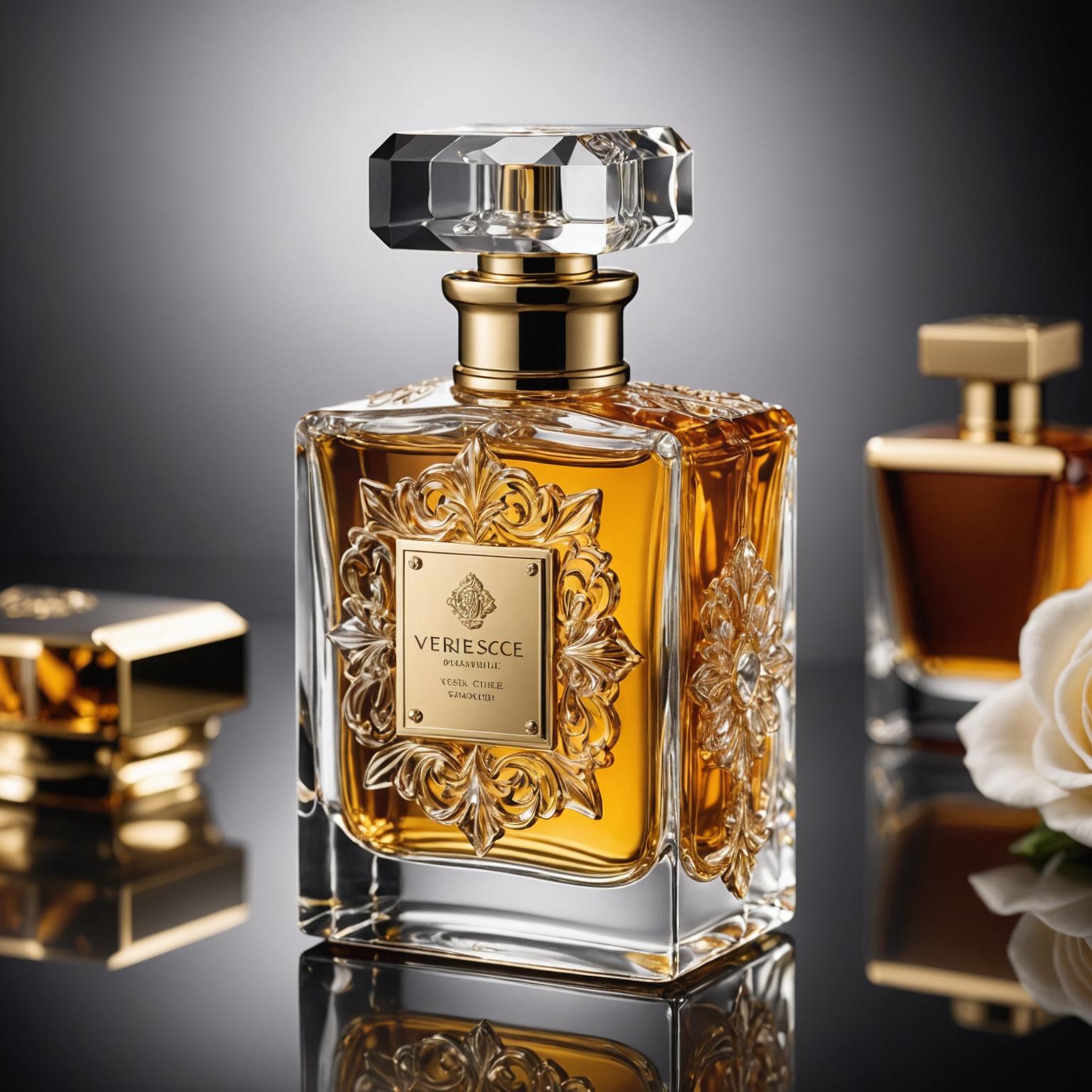Essential oils, with their concentrated potency and delicate aromatic compounds, demand precise and protective packaging. The choice ofessential oil bottleand, crucially, its dropper mechanism, is paramount for preserving the oil's integrity, ensuring accurate dispensing, and enhancing the overall user experience. An ill-suited dropper can lead to leakage, oxidation, and product waste, directly impacting both product quality and customer satisfaction. For brands in the aromatherapy, skincare, and wellness industries, selecting the right essential oil dropper bottle is not merely a functional decision; it is a critical component of brand positioning, product performance, and consumer trust.
This comprehensive guide delves into the nuances of essential oil dropper types, specifically comparing glass, plastic, and hybrid options. We will explore their distinct advantages, disadvantages, and ideal applications, helping brands and bulk buyers make informed decisions. We will also highlight the significant role of packaging specialists likewww.paupacking.com, who provide high-quality, reliable, and customizable essential oil bottle and dropper solutions designed to meet stringent industry standards and diverse market needs.
Why Choosing the Right Dropper Bottle Matters
Essential oils are highly concentrated and delicate substances. Their potency means that even a single drop can make a significant difference in a formulation or application. Therefore, precise dispensing is not just a convenience; it is a necessity for maintaining the consistency and effectiveness ofessential oil blends. Without a suitable dropper, users risk over-dispensing, which can lead to waste, unintended effects, or even potential harm due to over-exposure to concentrated oils.
Beyond dispensing accuracy, the dropper and bottle assembly play a vital role in protecting the essential oil itself. Essential oils are susceptible to degradation from exposure to air (oxidation), light (UV radiation), and contaminants. An inadequate seal or a reactive material can compromise the oil's purity, therapeutic properties, and aromatic profile over time. For skincare brands, in particular, the choice of essential oil dropper bottle directly influences product stability and user experience, contributing significantly to brand image and perceived value. The right packaging ensures the oil remains potent from the manufacturing line to the consumer’s final drop.
Glass Droppers: The Industry Standard
Glass droppers are unequivocally the most popular choice for essential oils, especially within premium and professional segments. Their widespread adoption is primarily due to their non-reactive nature, which ensures that the glass material does not chemically interact with the essential oils. This inertness is crucial for maintaining the oil’s purity, therapeutic efficacy, and aromatic stability over time.
Advantages of Glass Droppers
-
Chemical Resistance:Glass is inherently inert, meaning it will not react with the potent chemical compounds found in essential oils. This prevents the degradation of the oil and ensures that no undesirable substances leach from the dropper into the product. This stability is paramount for preserving the integrity of the essential oil, especially highly concentrated or sensitive varieties.
-
UV Protection:When paired with amber or cobalt blue glass bottles, glass droppers contribute to comprehensive UV protection. Colored glass absorbs or reflects harmful UV light wavelengths, preventing photodegradation of the essential oil. This extends the product's shelf life and maintains its potency.
-
Luxury Appeal:Glass droppers inherently convey a sense of quality, sophistication, and luxury. The tactile feel and visual clarity of glass elevate the perceived value of the product, making it a preferred choice for premium skincare brands, high-end essential oil lines, and exclusive aromatherapy products. It signals to the consumer that the brand prioritizes quality and takes care in its packaging.
-
Airtight Seal:High-quality glass droppers are designed to create an airtight seal with the bottle neck. This seal is crucial for preventing oxidation, which can cause essential oils to become rancid or lose their aromatic qualities. An airtight environment also minimizes evaporation, ensuring the product volume remains consistent.
-
Precision Dispensing:Standard glass droppers, often made with a precise pipette design and a responsive rubber bulb, allow for accurate and controlled dispensing of essential oils drop by drop. This precision is vital for applications where exact measurements are necessary, such as in DIY blends, cosmetic formulations, or therapeutic aromatherapy protocols.
-
Durability (Chemical):While glass can shatter, it is highly durable in terms of chemical resistance. It does not degrade, discolor, or become brittle when exposed to various essential oil constituents, ensuring a long functional life for the dropper itself.
Disadvantages of Glass Droppers
-
Fragility:The most significant drawback of glass droppers is their susceptibility to breakage. If dropped on a hard surface, a glass pipette can easily shatter, rendering the dropper unusable and potentially posing a safety hazard. This fragility can lead to increased product loss during transit or in consumer use.
-
Heavier Weight:Glass is inherently heavier than plastic. This increased weight translates to higher shipping costs, particularly for bulk orders or international shipments. For brands operating on tight margins, this can be a notable consideration.
-
Manufacturing Complexity:Producing high-quality glass droppers with precise measurements and consistent forms can be more complex and costly than manufacturing plastic alternatives.
Best for:Luxury skincare brands, premium essential oils, and aromatherapy products that prioritize purity, prestige, and shelf life.
Plastic Droppers: The Durable and Cost-Effective Alternative
Plastic droppers, particularly those manufactured from high-density polyethylene (HDPE) or specific grades of polypropylene (PP) that are resistant to essential oil interactions, offer a compelling alternative to glass. They are widely used for various products, especially where durability, cost-effectiveness, and lightweight properties are key considerations.
Advantages of Plastic Droppers
-
Durable and Lightweight:Plastic droppers are significantly more robust than glass, making them highly shatter-resistant. This durability is ideal for products designed for travel, outdoor activities, or environments where breakage is a concern. Their lightweight nature also contributes to lower shipping costs, offering an economic advantage for bulk buyers.
-
Cost-Effective:The production costs for plastic droppers are generally lower than those for glass counterparts. This makes them an attractive option for budget-conscious brands, mass-market products, and travel-sized packaging. The lower unit cost can lead to significant savings on large bulk orders.
-
Child-Safe Options:Some plastic droppers and caps are available with child-resistant or tamper-evident features, providing an added layer of safety and security for essential oil products, which are often highly concentrated and should be kept out of reach of children.
-
Versatility in Design:Plastic can be molded into a wider variety of shapes, colors, and designs than glass, offering more flexibility for branding and aesthetic customization.
-
Less Product Loss:Due to their shatter-resistant nature, plastic droppers reduce the risk of product loss from accidental drops, which can be a valuable consideration for consumers and brands alike.
Disadvantages of Plastic Droppers
-
Lower Perceived Value:Despite advancements in plastic quality, plastic droppers generally do not convey the same premium feel or luxury appeal as glass. For high-end brands, this can be a critical factor in consumer perception.
-
Potential Chemical Interaction:While high-quality, essential oil-grade plastics (like HDPE or specific PP) are designed to be non-reactive, some plastics can degrade or leach chemicals when exposed to essential oils over time. This can compromise the oil's purity, scent, and efficacy. Brands must ensure they use plastics specifically tested and approved for essential oil contact, ensuring they are BPA-free and chemically stable. This also means not all plastics are suitable for all essential oils, particularly highly aggressive ones like citrus oils.
-
UV Protection Limitations:Clear plastic offers minimal UV protection. While colored plastics can provide some shielding, they typically do not match the UV-blocking capabilities of amber or cobalt blue glass. This necessitates additional external packaging or a shorter recommended shelf life for light-sensitive oils.
-
Permeability:Some plastics are more permeable to air than glass, which can lead to increased oxidation and evaporation of the essential oil over extended periods.
Best for:Budget-conscious brands, travel-sized essential oils, everyday essential oil users, and products where durability is a primary concern.
Hybrid Droppers: The Best of Both Worlds?
The concept of a "hybrid dropper" typically refers to a dropper assembly that combines materials, most commonly a glass pipette with a plastic collar, cap, or rubber bulb. The primary goal of a hybrid design is to leverage the advantages of different materials while mitigating their individual drawbacks, offering a balanced solution for essential oil packaging.
Construction of Hybrid Droppers
A common hybrid dropper configuration features:
-
Glass Pipette:For direct contact with the essential oil, preserving its purity and ensuring precise dispensing.
-
Plastic or Rubber Bulb/Collar/Cap:Providing durability, a secure seal, and often a more ergonomic grip or child-resistant functionality.
Advantages of Hybrid Droppers
-
Preserved Purity with Durability:By using a glass pipette, the essential oil maintains its purity without chemical interaction. The plastic or rubber components add durability and flexibility to the overall dropper assembly, making it less prone to complete failure upon impact compared to an all-glass dropper.
-
Balanced Cost-Effectiveness:Hybrid designs can sometimes offer a more cost-effective solution than purely glass droppers, especially if the plastic components simplify manufacturing or reduce overall material weight/cost.
-
Enhanced Functionality:Hybrid droppers can integrate features like child-resistant caps or tamper-evident seals more easily than all-glass designs, offering added safety and security. The plastic components can also provide better grip or easier handling for the user.
-
Design Versatility:The combination of materials allows for greater design flexibility, enabling brands to customize the look and feel of the dropper with different colors and finishes for the plastic parts while maintaining the clarity and inertness of the glass pipette.
Disadvantages of Hybrid Droppers
-
Manufacturing Complexity:Combining different materials can sometimes complicate the manufacturing process and assembly, potentially increasing production costs compared to single-material solutions.
-
Compatibility Challenges:Ensuring perfect compatibility and a secure seal between disparate materials (glass and plastic/rubber) requires precise engineering to prevent leaks and ensure long-term stability.
-
Aesthetic Compromise:For ultra-luxury brands, the presence of plastic elements might slightly diminish the "all-glass" premium aesthetic, depending on the design and finish quality.
-
Recycling Challenges:The combination of materials can make recycling more complex, as components may need to be separated before proper recycling, posing an end-of-life challenge for consumers.
Best for:Brands seeking a balance between the premium feel and purity preservation of glass with enhanced durability, functionality, or specific cost considerations.
Types of Dropper Applicators: Beyond Material
Beyond the material of the dropper, the design of the applicator itself profoundly impacts usability and precision.
-
Standard Glass Dropper (Pipette):This is the classic dropper, offering precise dosage control. It is ideal for highly concentrated essential oils, serums, tinctures, and for applications where exact measurements are crucial, such as in essential oil blends and DIY recipes. These often come with measurement marks for professional or laboratory-grade oils.
-
Rollerball Dropper:Designed for direct skin application, rollerball droppers prevent spillage and wastage. They are popular for diluted essential oils, perfume oils, and aromatherapy roll-ons for on-the-go use, ensuring easy and mess-free application.
-
Pump Dropper:This air-tight dispensing mechanism is excellent for preventing oxidation, making it suitable for sensitive face and body oils, especially in luxury skincare products. It delivers a smooth and controlled application.
-
Euro Dropper System:This built-in dropper, integrated into the bottle neck, is designed for precision dispensing. It allows for easy control over the amount of oil dispensed, making it ideal for small, measured applications. Euro bottles often have an airtight seal to maintain oil potency. Vertical droppers dispense when the bottle is turned upside down, offering precise drops according to oil viscosity, while horizontal droppers use the rim for dispensing, offering more variable control and potentially being messier.
-
Dram Bottles:While not a dropper type itself, dram bottles often come with a small orifice reducer or a simple cap. These are tiny containers (e.g., 1/8 ounce or 3.7ml) perfect for sample sizes or single-dose applications, allowing customers to try oils before committing to a larger size.
-
Boston Round:These bottles feature a wider base and rounded shoulders and can be fitted with various dropper pipettes, sprayers, or reducers. Their neck finishes can vary, sometimes requiring different cap sets for different bottle sizes.
How to Choose the Right Dropper Bottle for Your Brand
Selecting the optimal essential oil dropper bottle involves considering several key factors:
-
Product Type and Concentration:
-
Highly concentrated essential oils or sensitive serums benefit most fromglass droppersdue to their non-reactive nature and precision.
-
Perfume oils or diluted blends for direct skin application are best suited forrollerball droppersfor convenience and mess-free use.
-
Thicker face and body oils often pair well withpump droppersfor smooth, air-tight dispensing.
-
-
Brand Image and Positioning:
-
Luxury skincare brandsshould gravitate towardsglass droppersto reinforce a premium image and convey purity and quality.
-
Mass-market products, travel-sized items, or budget-conscious brandsmay findplastic droppersmore cost-effective and durable while still delivering adequate functionality.
-
Hybrid droppersoffer a versatile option for brands seeking to balance premium aesthetics with enhanced durability or specific functional requirements.
-
-
User Convenience and Application Method:
-
For products designed for direct skin application (e.g., essential oil roll-ons for pulse points),rollerballs or pump droppersare ideal.
-
For precise drop-by-drop measurement in DIY applications or therapeutic blending, astandard glass pipette dropperwith or without measurement marks is preferred.
-
Consider the viscosity of your oil; thicker oils may require a larger opening or a different dropper mechanism for easier flow.
-
-
Preserving Oil Integrity and Shelf Life:
-
Regardless of dropper material, the bottle material is crucial for UV protection (amber or cobalt blue glass are superior).
-
Anairtight sealis non-negotiable to prevent oxidation and evaporation. High-quality droppers, whether glass or plastic, should provide a secure fit.
-
For the highest grade of essential oils, Type III glass (common for dropper bottles) is suitable for the bottle itself.
-
The Role ofwww.paupacking.comin Essential Oil Packaging
Choosing the right manufacturing partner is as critical as selecting the right dropper type.www.paupacking.comstands as a leading provider of high-qualityessential oil bottlesand dropper solutions, catering to bulk buyers with a commitment to excellence, sustainability, and customer satisfaction.
www.paupacking.comoffers a comprehensive range ofessential oil bottlesand dropper types, including:
-
Premium Glass Bottles:Available in UV-protective amber, cobalt blue, and clear options, ensuring the preservation of essential oil purity and potency. These bottles are designed to pair seamlessly with various dropper types.
-
Diverse Dropper Options:From classic glass droppers with precise pipettes to various rollerball assemblies and pump droppers,www.paupacking.comprovides solutions for every application and brand aesthetic. They offer robust options for different essential oil bottle sizes, including standard Boston Round and specialized Euro dropper systems.
-
Customization Capabilities:Brands can customize bottle shapes, sizes, colors, and branding elements, ensuring packaging that perfectly aligns with their unique vision and market positioning.
-
Quality Assurance: www.paupacking.comadheres to rigorous quality control standards, ensuring that all bottles and droppers provide an airtight seal, consistent dispensing, and chemical resistance necessary for essential oils.
-
Sustainable Solutions:Reflecting a commitment to environmental responsibility,www.paupacking.comoffers eco-friendly packaging choices, contributing to a more sustainable supply chain. Their work in researching supply chain topics, focusing on PCR and PLA bottles, and their dedication to eco-friendly and child-safe packaging highlight their commitment to innovation in sustainable packaging.
By partnering withwww.paupacking.com, brands gain access to a streamlined supply chain, reduced lead times, and the assurance of high-quality packaging that protects their essential oils from degradation and enhances the overall consumer experience.
Table: Comparison of Essential Oil Dropper Types
| Feature | Glass Droppers | Plastic Droppers | Hybrid Droppers |
|---|---|---|---|
| Material Composition | All glass pipette, often with rubber bulb | All plastic (HDPE, PP), integrated design | Glass pipette, plastic collar/bulb/cap |
| Chemical Interaction | Non-reactive with essential oils | Potential for interaction with some oils over time | Glass pipette ensures no interaction with oil |
| Purity Preservation | Excellent | Good (if essential oil-grade plastic) | Excellent (due to glass pipette) |
| Durability (Physical) | Fragile, prone to breakage | Highly durable, shatter-resistant | Good, enhanced durability over all-glass |
| Weight | Heavier | Lightweight | Moderate (depends on plastic components) |
| Cost | Higher production cost | Lower production cost | Moderate, potentially balanced |
| Perceived Value | High, luxury appeal | Lower, more utilitarian | Moderate to High, depending on design |
| UV Protection | Excellent (with colored glass bottles) | Limited (clear plastic), better with opaque | Excellent (with colored glass bottles) |
| Airtight Seal | Excellent (with proper fitment) | Good (with proper fitment) | Excellent (with proper fitment) |
| Precision Dispensing | Excellent | Good | Excellent |
| Common Applications | Premium essential oils, serums, tinctures | Travel-size, budget-friendly, mass market | Balance of premium feel and durability |
| Recycling Complexity | Relatively simple (glass) | Simple (if mono-material and recyclable type) | More complex (material separation needed) |
Conclusion
The choice between glass, plastic, and hybrid essential oil droppers is a critical decision that impacts product integrity, brand image, and consumer experience. Glass droppers remain the gold standard for preserving purity and conveying luxury, despite their fragility. Plastic droppers offer a durable, lightweight, and cost-effective solution for mass-market or travel-friendly products. Hybrid droppers represent a promising compromise, aiming to combine the best attributes of both materials.
Ultimately, the right choice depends on the specific needs of the essential oil, the target market, brand positioning, and budget considerations. By carefully weighing the advantages and disadvantages of each type, and by partnering with a reliable packaging supplier likewww.paupacking.com, brands can ensure their essential oils are delivered in packaging that not only protects their precious contents but also enhances their value and appeal in the competitive marketplace. This strategic decision helps brands maintain integrity and customer trust from the first drop to the last.





